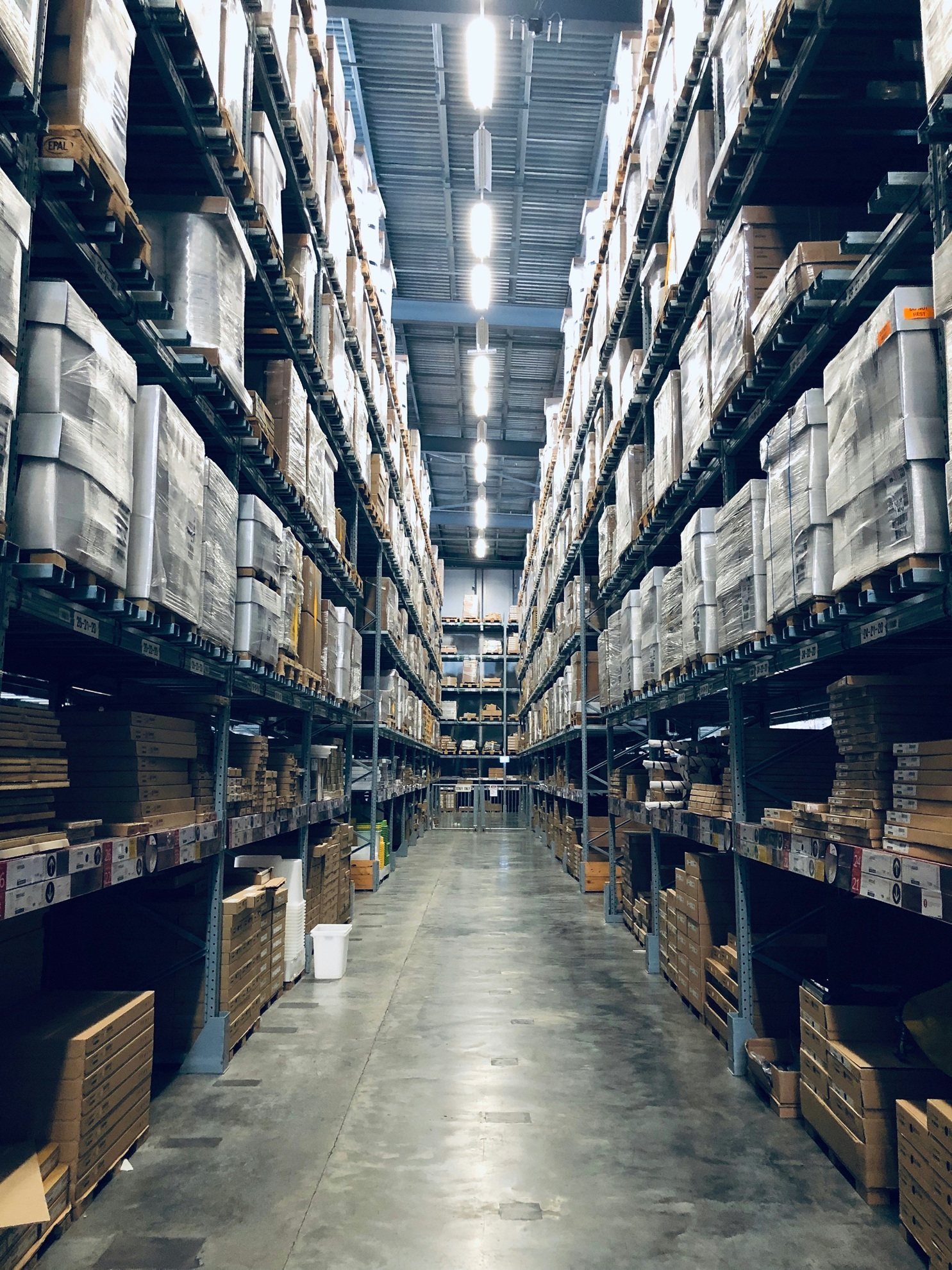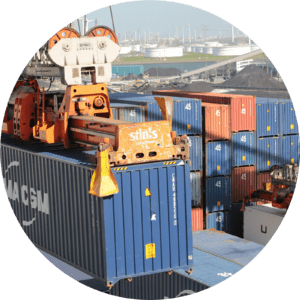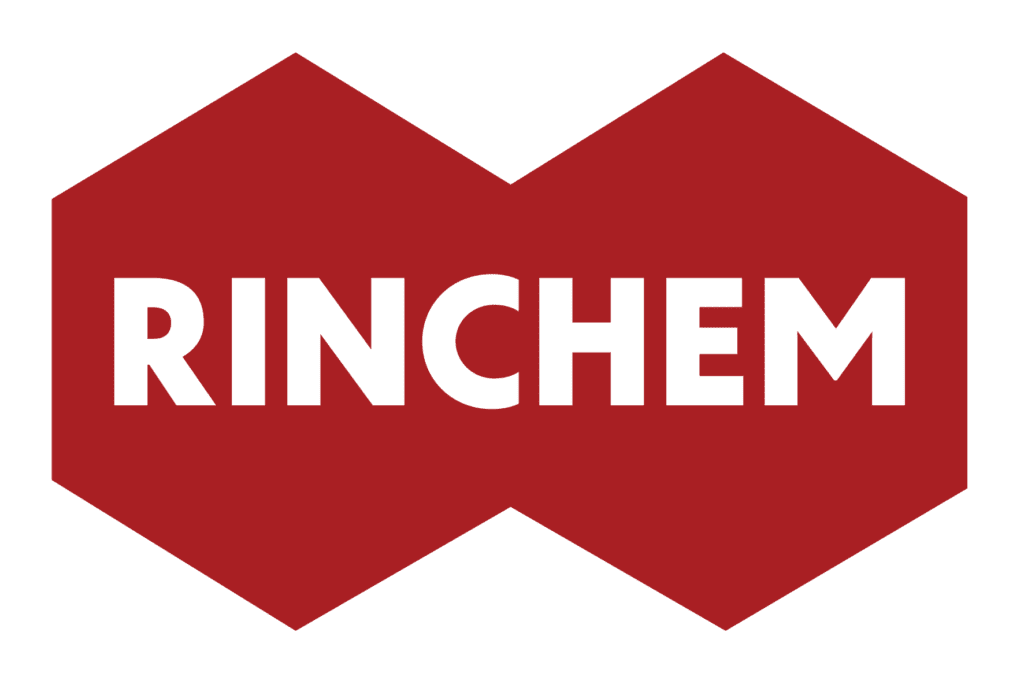Winning Against Disruptions in the Global Chemical Supply Chain
Introduction
This white paper explores the various pain points in the global chemical supply chain and how to overcome these challenges with:
- Communication
- Innovation/Adaptation
- Expertise

Disruptions & Pain Points
Certainly not an exhaustive list, but in interviews prominent disruptions to the chemical supply chain became apparent:
Solutions
There are many tips and techniques for precise situations. In this new normal, there is no one-size-fits-all solution and nearly every attempt to cross the Pacific Ocean or the continental United States presents a different and unique set of disruptions.
In interviews with industry professionals, there were 3 clear traits for winning in this chaotic time:
ADAPTATION
Communication
Disruptions are now commonplace. As soon as a disruption occurs it is imperative to communicate to involved parties. Prompt communication allows for appropriate adjustments to be made in the entirety of the chain.
Not only is it important what you communicate, but to whom. Involved parties could be clients, vendors, drivers, internal teams, and more. It’s important to communicate potential delay times, possible solutions, and possible time frames for execution.
Communication helps everyone handle and adjust to issues but also direct and constant communication across stakeholders may uncover solutions. Clear and open communications will also help establish the necessary relationships.¹
- What is happening and who needs to know?
- Do you know the right person to contact to get something executed?
- Do you know the right person (internal or external) to contact that can offer a solution?
- Communicate early and often
Innovation & Adaptation
Being able to adapt and think outside of the box is critical to a smooth supply chain.² Innovation and adaptation may mean finding new lanes, working though different ports, or blank sailing.
Finding solutions can be reactionary, but good supply chain management means predicting the challenges and developing the protocols to limit delays and interruptions.

Doing everything perfect may still not work. Adapting to ever-changing scenarios is a separator between good and great logistics teams.
Innovation and adaption require a want-to attitude. The amount of effort to adapt in real-time requires a lot of attention, time, and focus. Some companies just don’t have the means to adapt and are stuck with the fate of the disruptions.
- What are the issues that can happen?
- What are the known work-arounds?
- Is there something that hasn't been tried?
- What stakeholders can help and how?
- Willingness to adapt
Expertise
The first two qualities are only taken care of when there are individuals and teams that know what to do, when to do it, and where to do it. Experience goes a long way in the global supply chain. Experienced team members have seen the disruptions before and know the different ways to attack and adjust.
Expertise is seeing the supply chain issues coming and taking the necessary steps ahead of time. An expert could see the drayage equipment shortage coming and get extra equipment or set up partnerships to rent the equipment as needed. An experienced team is not going to fumble the ever-important documentation.
In the world of chemical logistics there is another layer of expertise required- the extra hoops and limitations associated with handling of dangerous goods.
Along with the know-how comes the relationships built over time. Developing solid relationships with partners sometimes grants preferential treatment as well as knowing who to press to get something done.³ During an internal interview with Freight Forwarding expert Kim Koontz where we walked through a recent scenario: “we only got this done because of our relationship.”
- Is the documentation 100% correct?
- Have we seen this happen before?
- What relationships can we lean on?
- What relationships do we need to develop for future success?
- Do we have the necessary expertise on the team to execute?
Conclusion
There are many tips and techniques for precise situations. In this new normal, there is no one-size-fits-all solution and nearly every attempt to cross the Pacific Ocean or the continental United States presents a different and unique set of disruptions.
In interviews with industry professionals, there were 3 clear traits for winning in this chaotic time:



2. The Ins & Outs of Import/Export Success, Inbound Logistics, March 2022
3. Building Carrier Relationships That Withstand the Stress Test, Inbound Logistics, January, 2022,
